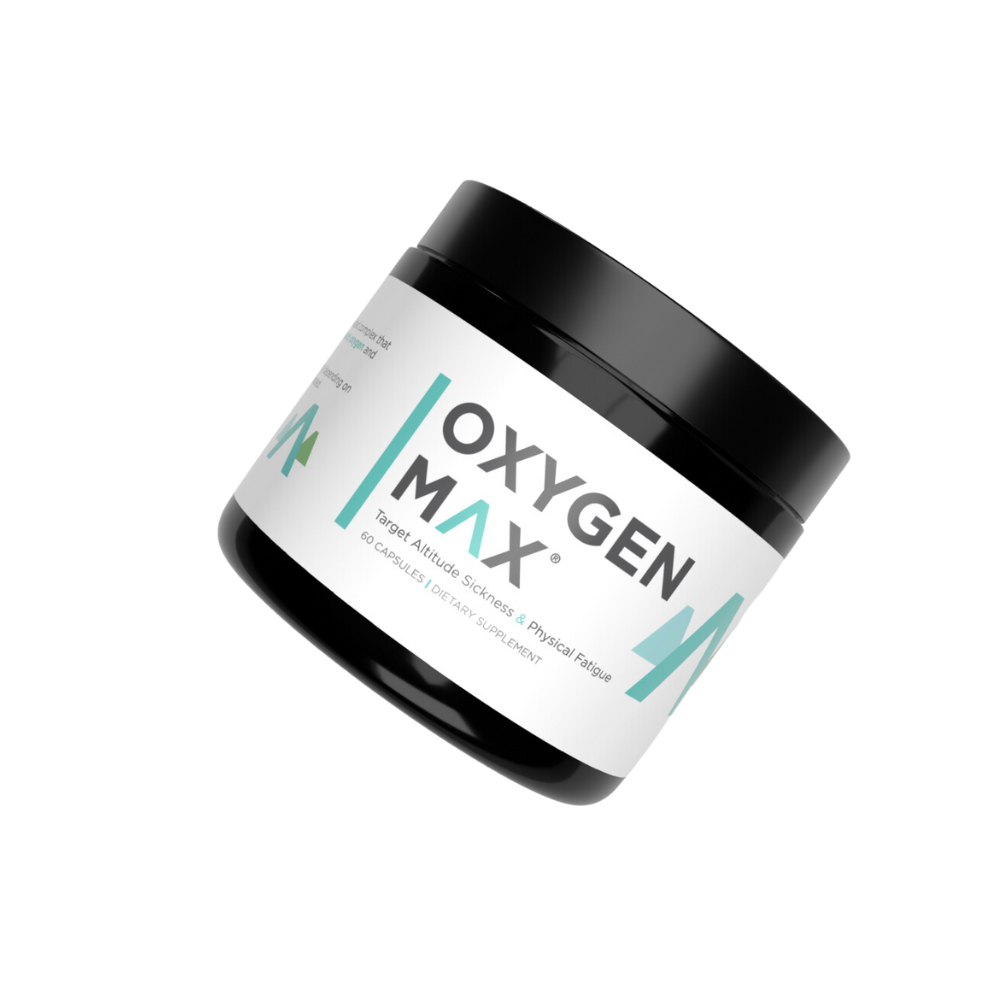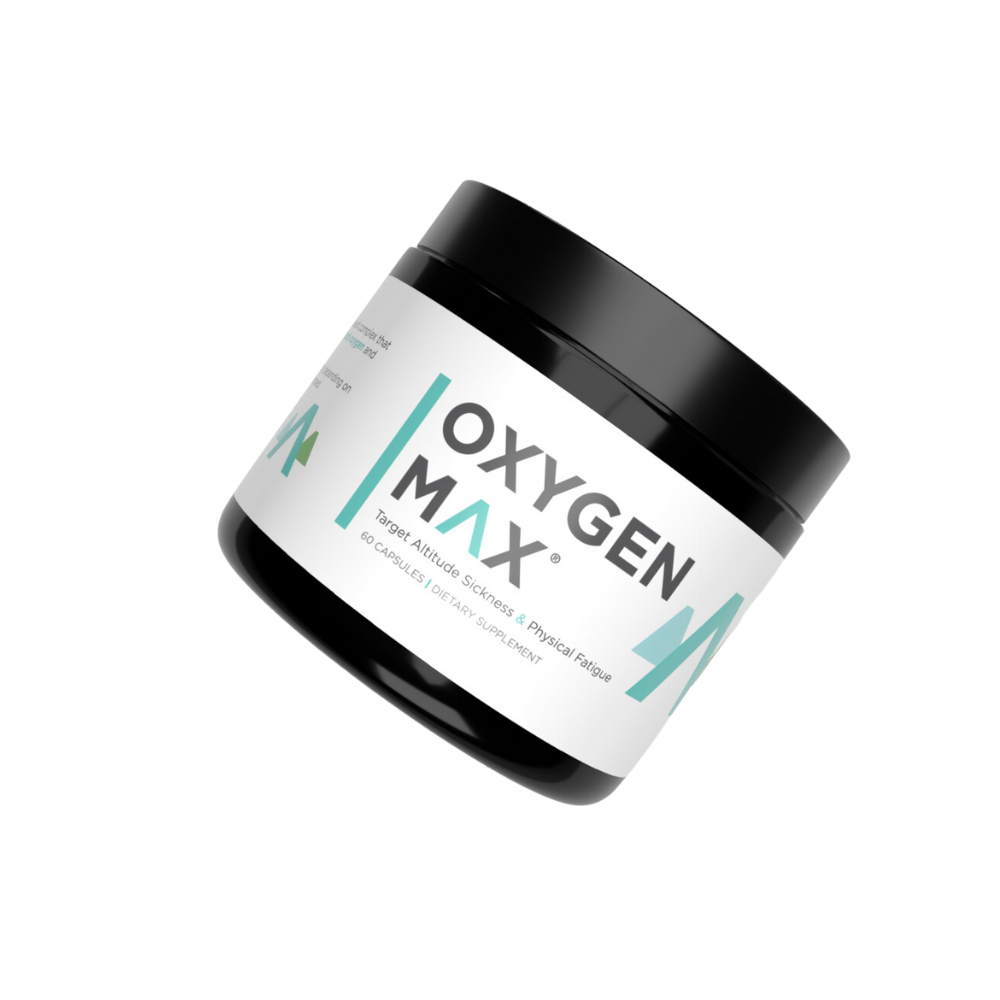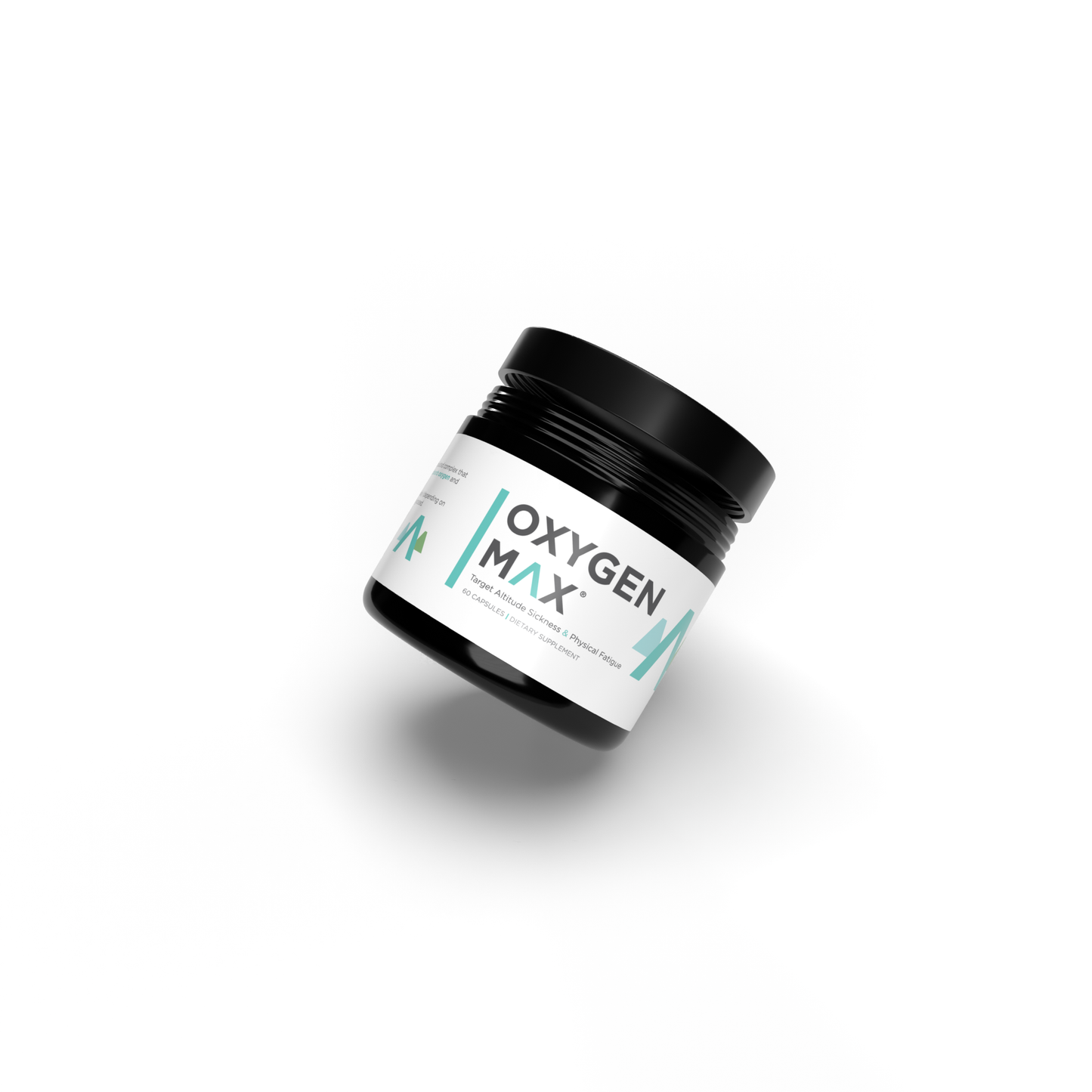What Is A Dangerously Low Oxygen Level?
Dangerously low oxygen levels is also known as hypoxemia. It can occur when there is not enough oxygen in the blood.
Normal oxygen saturation is 95-100%. Levels between 90-94% may be okay for some people with chronic lung conditions. But for most, this range needs medical attention. A oxygen saturation below 90% to be concerning.
Oxygen saturation below 90% can be dangerous and may lead to organ damage if not treated quickly. The body's tissues need a certain amount of oxygen supply to function properly.
Severe hypoxemia is when oxygen levels drop below 80%. This is a medical emergency. It can cause confusion, blue skin, and even loss of consciousness.
Different factors affect how well someone tolerates low oxygen:
- Age
- Overall health
- How quickly levels drop
- Duration of low oxygen
Chronic low oxygen levels can cause long-term problems. The body may adapt somewhat, but organs still suffer damage over time.
Causes of low oxygen can include:
- Lung diseases
- Heart problems
- Blood disorders
- High altitudes
To measure oxygen levels, you would want to use a pulse oximeter. It's a simple device that clips onto a finger. For more accurate results, you might do a blood gas test.

What Is Blood Oxygen Level And How Is It Measured?
Blood oxygen level, also called blood oxygen saturation (SpO2), is the amount of oxygen in my blood. It's a key measure of how well my body is working. Normal blood oxygen levels usually range from 95% to 100%.
You can measure my blood oxygen level in a few ways:
- Pulse oximetry
- Arterial blood gas (ABG) test
Pulse oximetry is the most common method. A small device called a pulse oximeter clips onto my finger or earlobe. It uses light to check how much oxygen is in my blood. It's quick, painless, and gives results in seconds.
An ABG test is more precise but also more invasive. It involves taking a blood sample from an artery, usually in my wrist. This test measures oxygen and other gases in my blood.
Some smartwatches now include blood oxygen monitoring features. While these can be helpful, they're not as accurate as medical-grade devices.

Symptoms Of Dangerously Low Oxygen
When oxygen levels in the blood drop too low, it can lead to serious health problems. Some key symptoms to watch for.
Early warning signs may include:
- Shortness of breath
- Rapid breathing
- Fast heart rate
- Mild confusion or restlessness
As oxygen levels continue to fall, more severe symptoms can develop:
- Cyanosis (bluish color of skin, lips, and nails)
- Severe confusion or disorientation
- Extreme fatigue
- Chest pain
- Loss of consciousness
It's important to note that symptoms can vary between individuals and age groups. Children may show different signs like irritability or poor feeding.
Some people, especially older adults, may experience "silent hypoxemia" where dangerous oxygen levels occur without noticeable symptoms. This makes regular monitoring crucial for at-risk individuals.
If you notice any of these symptoms, especially severe ones, seek immediate medical attention. Low blood oxygen is a medical emergency that requires prompt treatment.
Regular coughing, wheezing, or difficulty breathing (dyspnea) can also indicate potential oxygen issues.
Causes Of Dangerously Low Blood Oxygen Levels
There are many reasons why blood oxygen levels can drop to dangerous levels. Some of the most common causes.
Lung diseases play a big role. COPD, pneumonia, and asthma can make it hard for the lungs to take in enough oxygen. These conditions narrow airways or damage lung tissue.
Heart problems can also lead to low oxygen. Congenital heart defects may prevent proper blood flow to the lungs. This limits how much oxygen gets into the blood.
Some blood disorders like anemia reduce the blood's ability to carry oxygen. Even if the lungs work fine, the blood can't hold enough oxygen.
Environmental factors matter too. At high altitudes, there's less oxygen in the air. This can cause oxygen levels to drop, especially in people not used to the altitude.
COVID-19 has become a major cause of dangerously low blood oxygen. The virus can severely damage the lungs, making it hard to breathe and absorb oxygen.
Other conditions that can lower oxygen include:
- Pulmonary embolism
- Pneumothorax
- Pulmonary edema
- Interstitial lung disease
These all affect how well the lungs can take in and transfer oxygen to the blood.

Risk Factors For Developing Low Oxygen Levels
Many factors can increase the risk of developing low oxygen levels in the body. Let's cover some of the main ones here.
Pre-existing medical conditions play a big role. Lung diseases and heart problems are common culprits. These include chronic obstructive pulmonary disease (COPD), asthma, and congestive heart failure.
Lifestyle choices matter too. Smoking damages the lungs and reduces their ability to absorb oxygen. Obesity can also make it harder for the body to use oxygen effectively.
Age is another factor to consider. As we get older, our lungs may become less efficient at oxygen exchange. This puts older adults at higher risk for low oxygen levels.
Some jobs come with risks. Workers in high-altitude environments or those exposed to harmful chemicals may face increased danger of oxygen deficiency.
Lack of exercise can be a problem. Regular physical activity helps keep our lungs and heart healthy, improving oxygen uptake and circulation.
Heart disease is a major risk factor. It can reduce the heart's ability to pump oxygen-rich blood throughout the body.
Here's a quick list of key risk factors:
- Lung diseases (COPD, asthma)
- Heart conditions
- Smoking
- Obesity
- Advanced age
- Certain occupations
- Sedentary lifestyle
Treatment Options For Dangerously Low Oxygen Levels
Oxygen therapy as the main treatment for dangerously low oxygen levels. This involves giving extra oxygen through a mask or nasal tubes. It helps raise oxygen in the blood quickly.
There are different types of oxygen therapy:
- Nasal cannula: Soft tubes in the nose
- Face mask: Covers mouth and nose
- Ventilator: Machine that pushes air into lungs
Medications can also help:
- Bronchodilators to open airways
- Steroids to reduce lung swelling
- Antibiotics for lung infections
Lifestyle changes are important too:
- Quitting smoking
- Getting more exercise
- Eating a healthy diet
- Doing breathing exercises
In some cases, surgery may be needed to fix the cause of low oxygen. This could mean repairing a heart defect or removing part of a diseased lung.
The goal is to keep oxygen levels in a safe range. This helps prevent damage to organs and tissues from lack of oxygen.
Conclusion
By understanding what constitutes a dangerous oxygen level and recognizing the signs, you're better equipped to protect yourself and your loved ones. Don't hesitate to reach out to a healthcare professional if you're concerned about your oxygen levels – it could make all the difference. Stay informed, stay vigilant, and most importantly, keep breathing easy!
Frequently Asked Questions
Low oxygen levels can have serious effects on the body. Quick action is needed when levels drop dangerously low. Lets cover key issues about oxygen saturation, including causes, effects, and treatments.
How can low oxygen levels affect the body?
Low oxygen levels can harm many organs. The brain is very sensitive to oxygen loss. Even a short time without enough oxygen can cause brain damage.
The heart has to work harder when oxygen is low. This can lead to chest pain and an irregular heartbeat.
Muscles may feel weak and tired. Breathing gets faster as the body tries to get more oxygen.
What are the immediate steps to take if someone has an oxygen level of 70?
An oxygen level of 70 is very dangerous.Call 911 right away. While waiting for help, Have the person sit up and take slow, deep breaths.
What are common causes for low oxygen saturation in elderly patients?
Lung diseases like COPD are common causes in older adults. Heart problems can also lead to low oxygen.
Pneumonia is another frequent cause. Some medications may affect breathing and lower oxygen levels.
Anemia reduces the blood's ability to carry oxygen. This can cause low readings on an oxygen monitor.
Can oxygen saturation levels of 80 be managed, and what are the long-term implications?
Levels of 80 need urgent care but can often be managed. Supplemental oxygen is usually given to raise levels quickly.
Long-term effects depend on how long levels were low. Brain function may be affected if oxygen was low for a long time.
Heart and lung damage can occur. This may lead to ongoing breathing problems or heart issues.
What are effective methods to raise blood oxygen levels quickly?
Deep breathing exercises can help. Have the person take slow, deep breaths from their diaphragm.
Changing position can improve oxygen levels. Sitting up straight or leaning slightly forward often helps.
Using an incentive spirometer device can increase lung capacity. This helps get more oxygen into the blood.
What are the potential outcomes when oxygen saturation falls below 75?
Levels below 75 can cause severe organ damage. The brain is at high risk of injury from lack of oxygen.
Heart rhythm problems may occur. The heart might stop if oxygen stays too low for long.
Kidney and liver function can be impaired. This might lead to long-term health issues even after oxygen levels improve.




